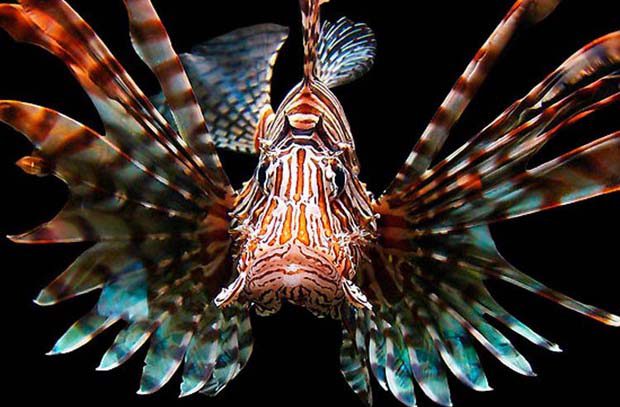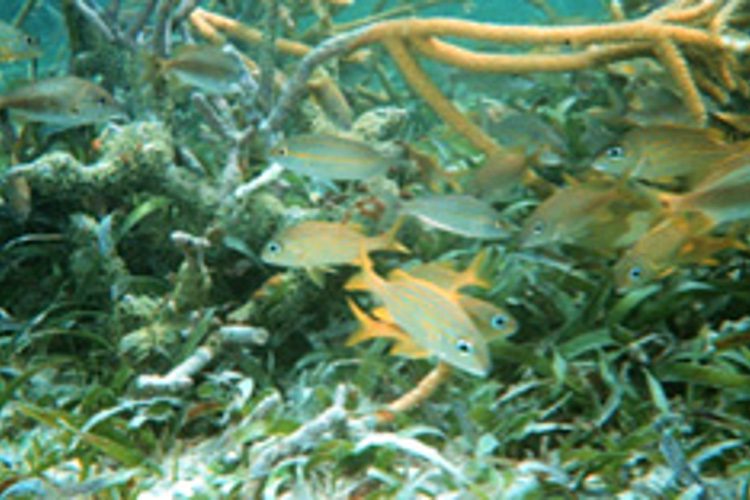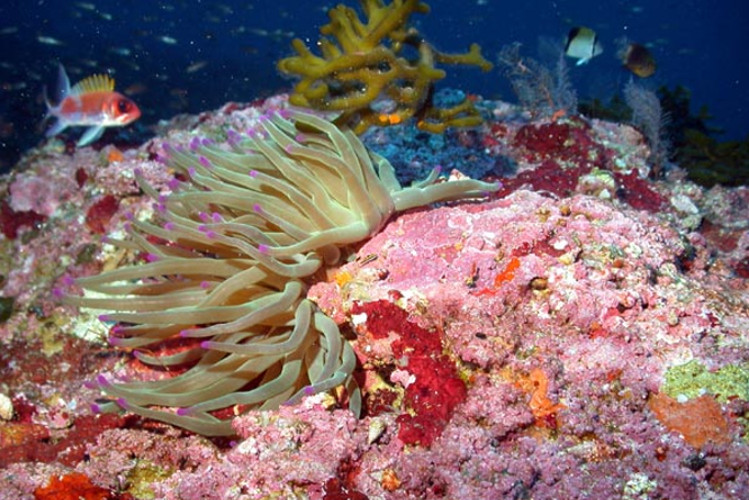Goliath grouper are the largest grouper in the Gulf of Mexico; reaching 8 feet in length and weighing up to 850 lbs. This impressive species was historically depleted but has made quite a comeback. Unfortunately, interactions between goliath grouper and anglers still occur, and these interactions plus their increased abundance has led to controversy over… Continue Reading Goliath Grouper
2019
Lionfish: The Invasion
The spread of lionfish has been fast, and now they’re threatening fishery resources and the health of corals in the Gulf of Mexico. This storyboard explains how lionfish arrived in the Gulf, their impact on coral and fishery ecosystems, and how you can support mitigation efforts. Launch site
Fishery Management Areas
Management areas are created by the Gulf of Mexico Fishery Management Council to achieve the goals of the Magnuson-Stevens Fishery Conservation and Management Act. This interactive map allows users to view fishery management areas, boundaries, and their associated fishing regulations in the Gulf of Mexico. Launch map
Essential Fish Habitat Map
Three fishery management councils – the Gulf of Mexico, South Atlantic, and U.S. Caribbean – are responsible for identifying essential fish habitat (EFH) for federally managed species in the southeast United States. Fish require healthy surroundings to survive and reproduce. Essential fish habitat includes all types of aquatic habitat – wetlands, coral reefs, seagrasses, mangroves… Continue Reading Essential Fish Habitat Map
Coral Reef Management
Coral reefs are some of the most complex ecosystems on earth and provide habitat for many fish and invertebrates. This storyboard gives a brief look into how the Gulf of Mexico Fishery Management Council manages corals throughout the Gulf of Mexico. It also describes unique coral reefs in the Gulf, coral management areas, the Endangered… Continue Reading Coral Reef Management





